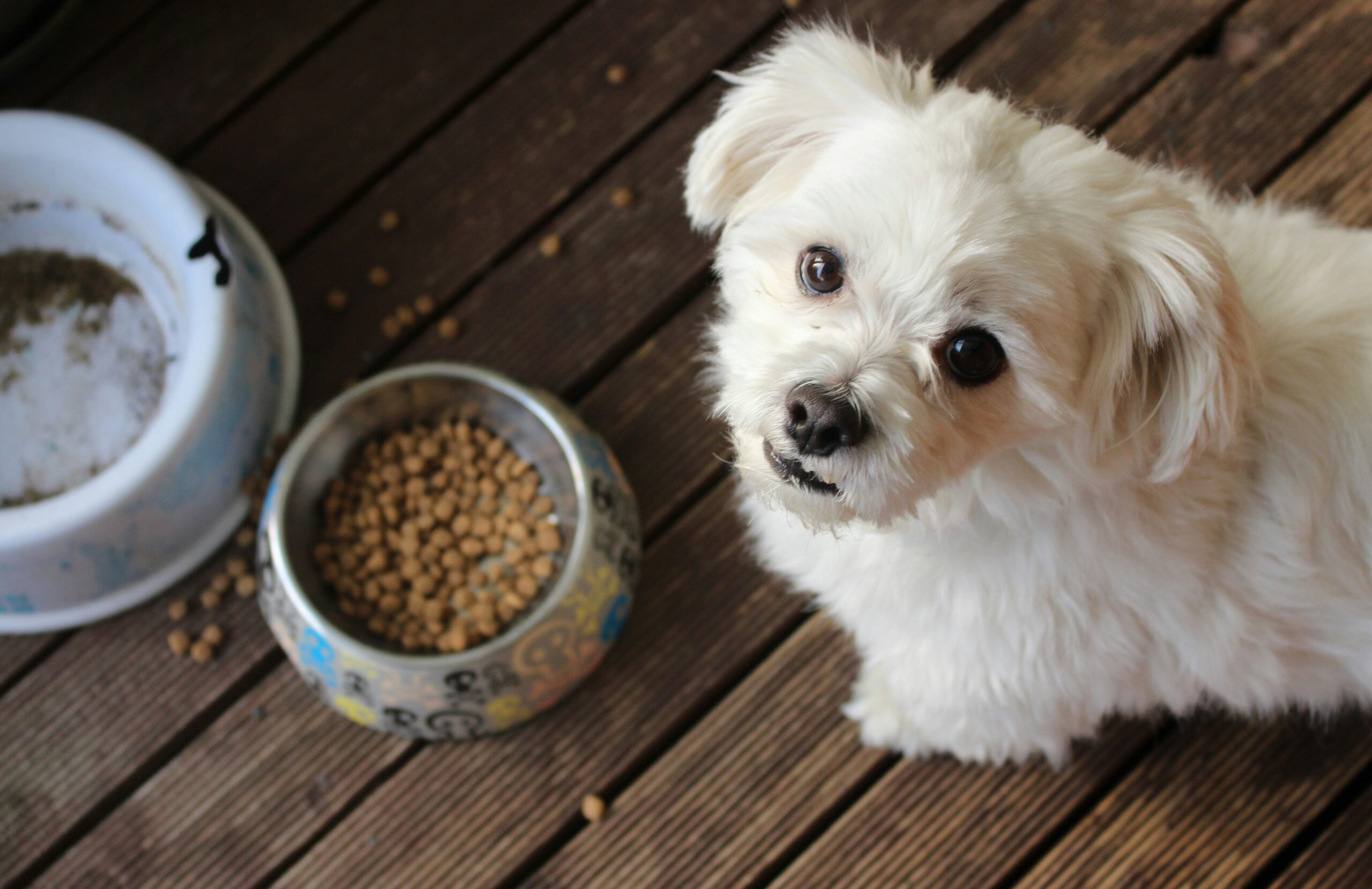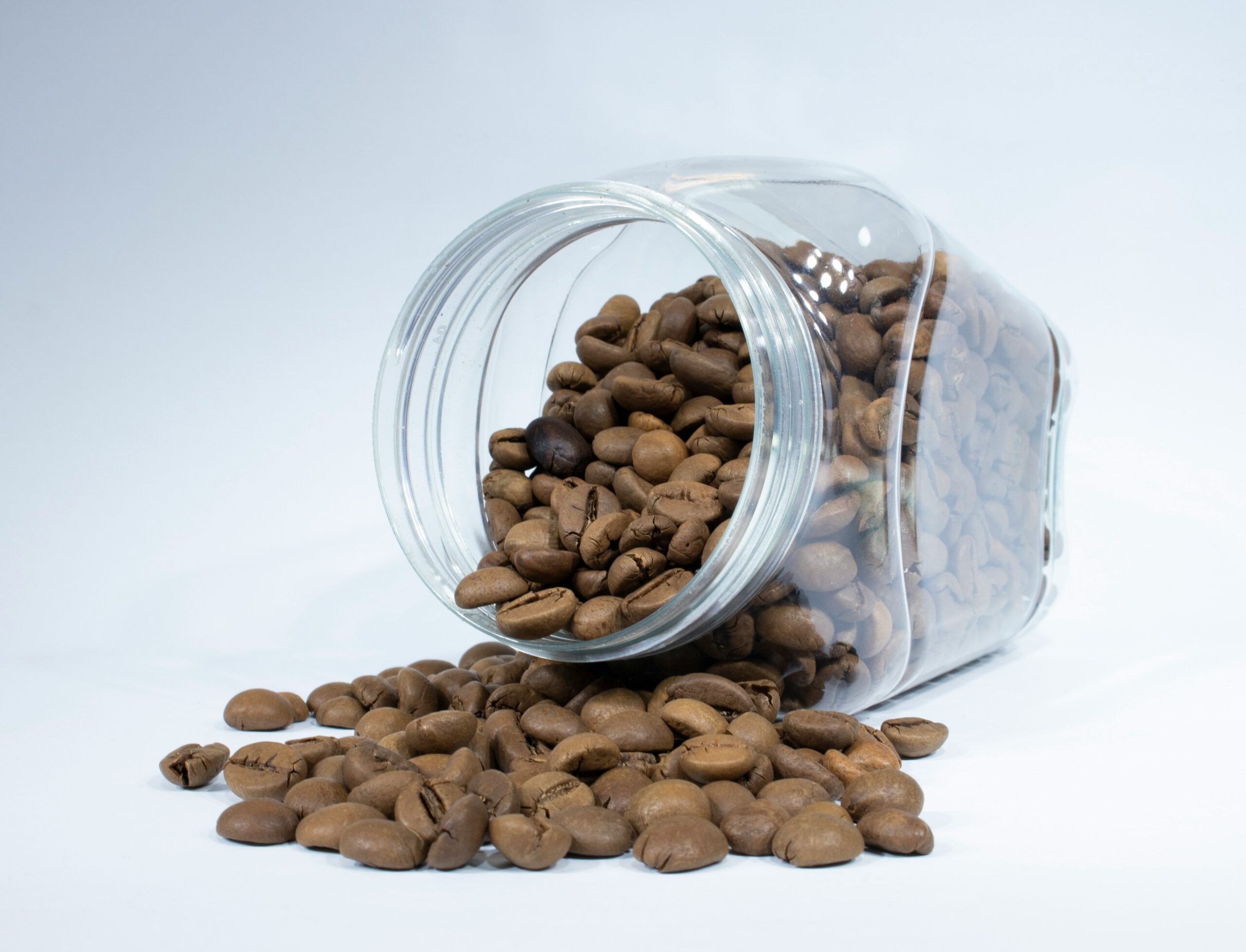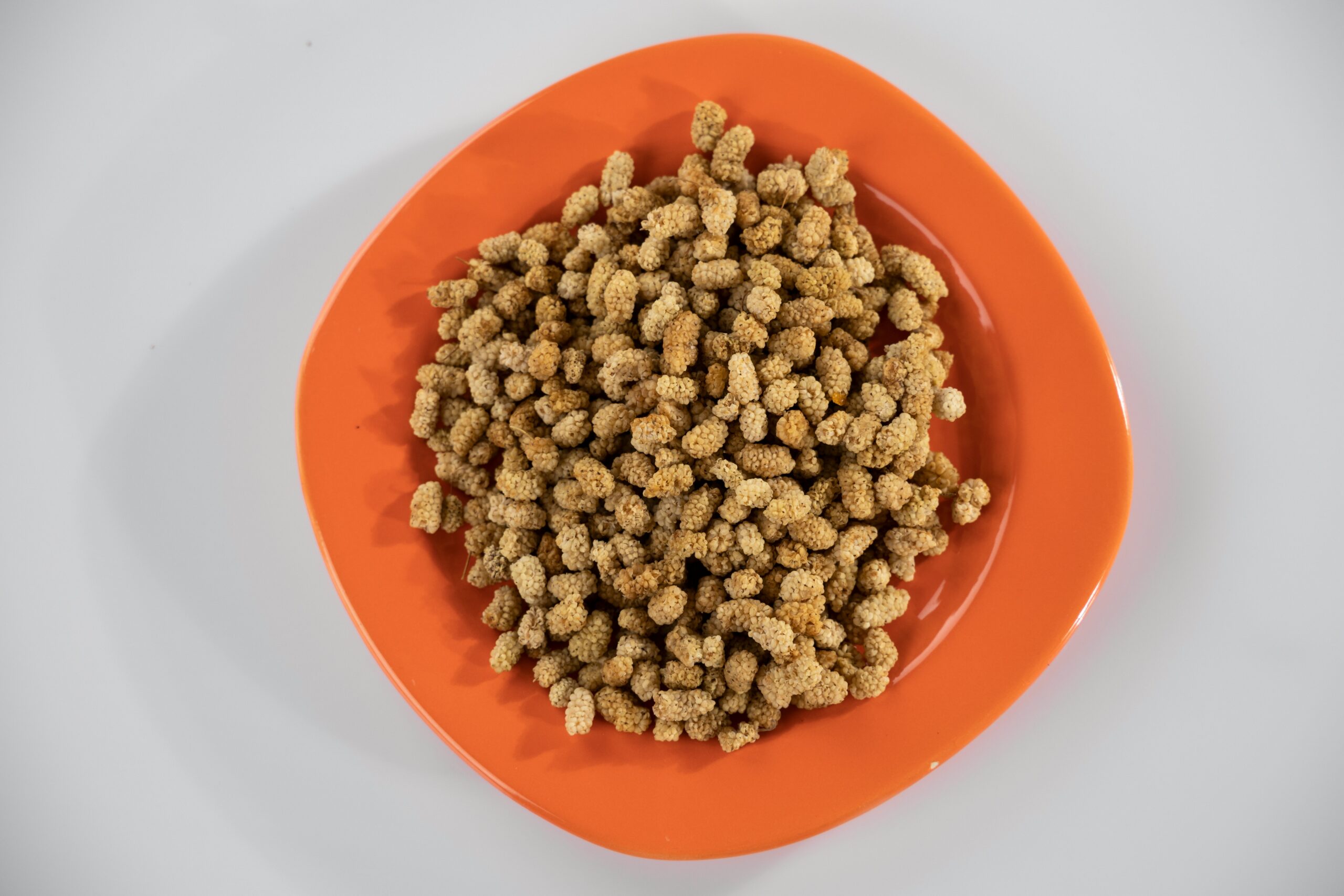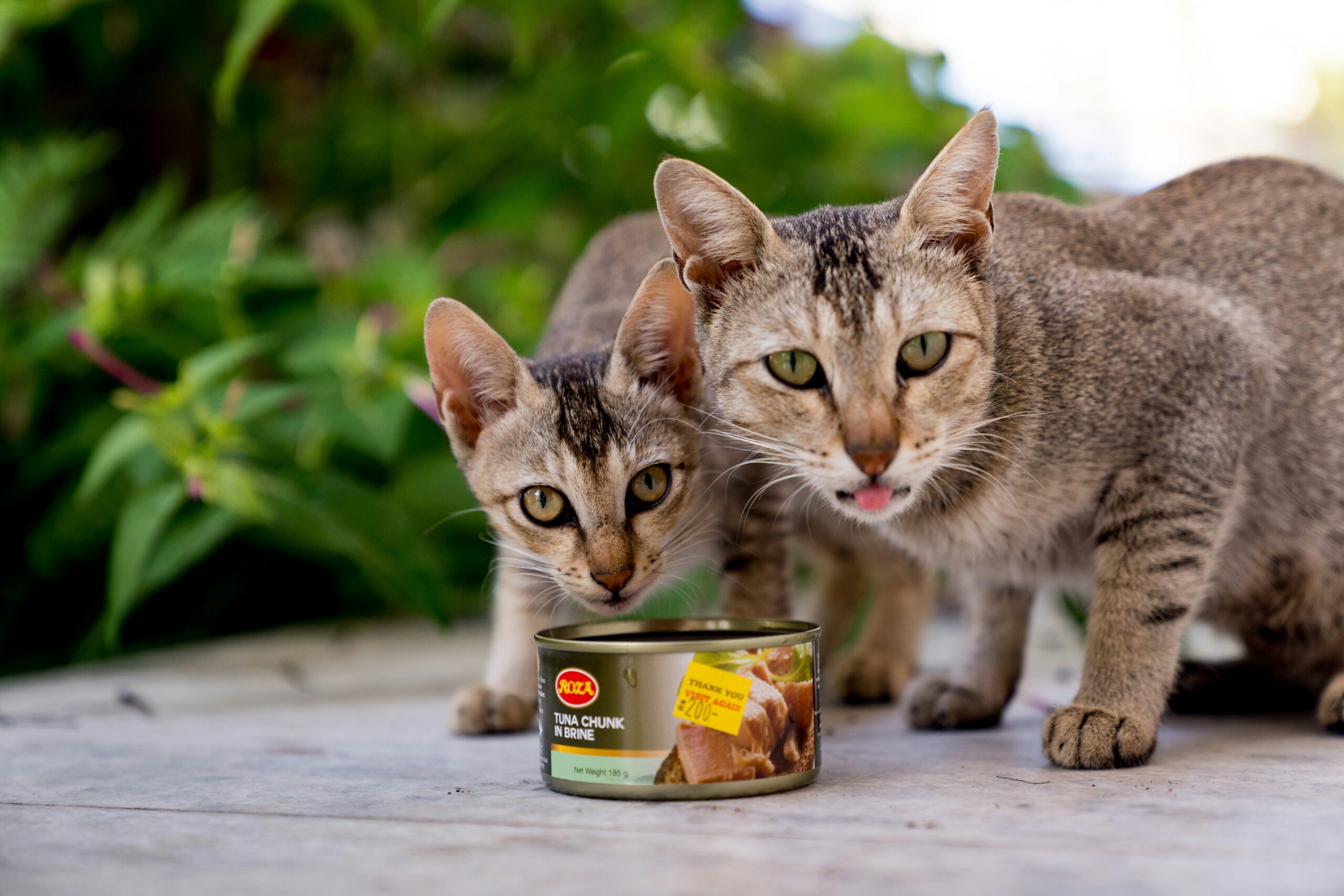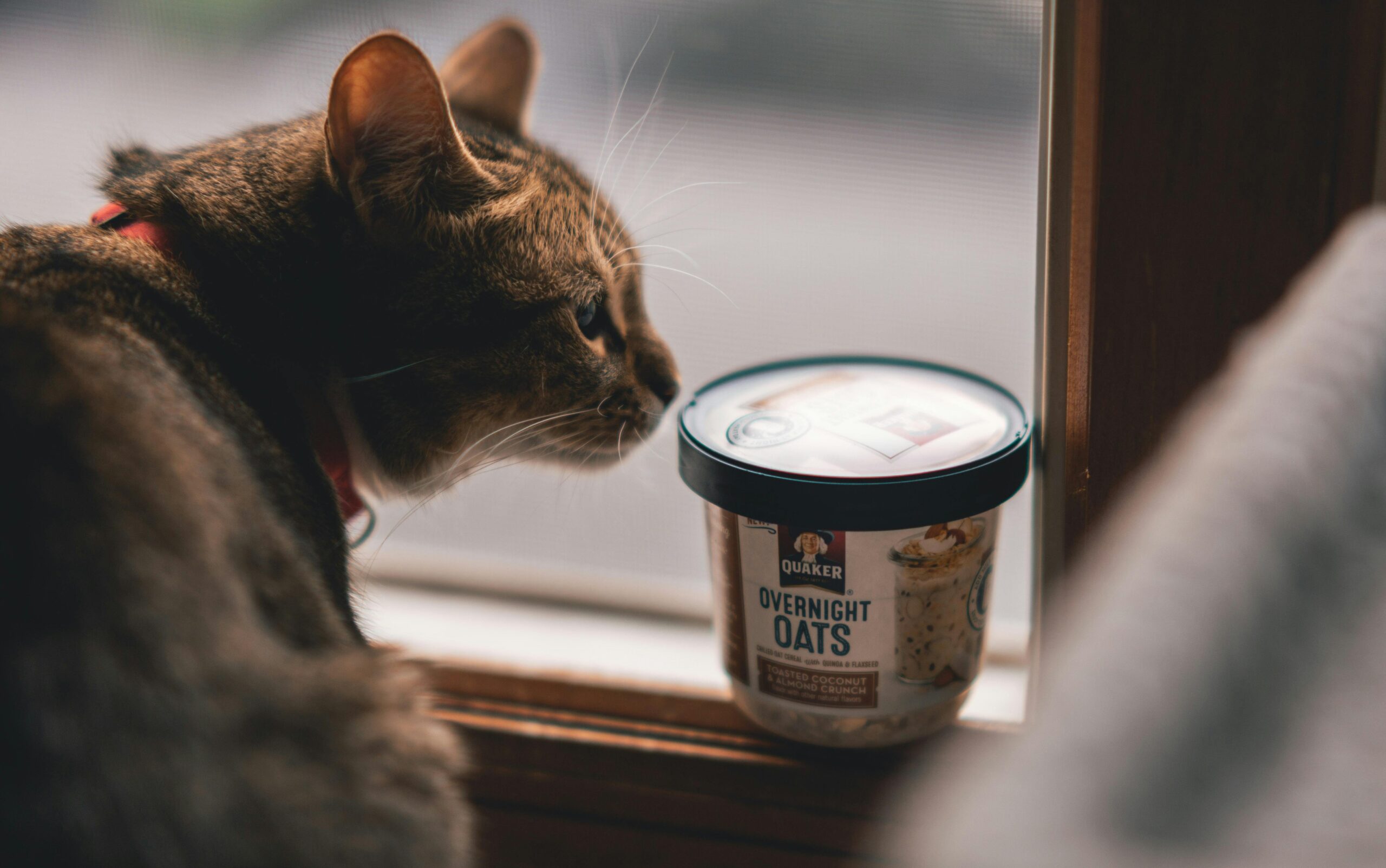How Do Cats Get that Micrognathia from Eating Dry Food? Micrognathia in cats, a condition characterized by an unusually small jaw, is a significant concern in feline health. While various factors contribute to its development, including genetics, dietary habits, particularly the consumption of dry food, may play a role. Understanding this complex interplay is crucial for cat owners to ensure the well-being of their pets.
Understanding Micrognathia
Micrognathia, simply put, refers to a cat having a jaw that is smaller than average. This condition can manifest as either a congenital issue, meaning it’s present at birth due to genetic predispositions, or it can develop during a cat’s early life stages. Certain breeds are more susceptible to micrognathia due to their inherent genetic makeup.
Cat Mint Biscuit Cat Eating Snack Pet Molar Nutrition Fattening Kitten Snack Adult Cat Reward
$16.99
By On AliExpress
The Influence of Dry Food on Jaw Development
How Do Cats Get that Micrognathia from Eating Dry Food? Dry cat food, a common staple in many feline diets, necessitates a different chewing action compared to wet food. Cats consuming dry kibble may exhibit a chewing pattern that doesn’t fully engage their jaw muscles. Over time, this repetitive, less strenuous chewing might contribute to the development of micrognathia.
Developmental Impact
A cat’s early life is a critical period for jaw development. Kittens need a nutrient-rich, well-balanced diet to ensure their proper development, especially the healthy growth of their jawbones. Any disruptions during this formative stage can contribute to the onset of micrognathia.
Insufficient Dental Exercise
Compared to wet food, which demands more jaw exercise, dry food may not provide adequate stimulation for a cat’s jaw muscles. This potential lack of necessary movement can lead to underdeveloped jaws and, in some instances, micrognathia.
Chewing Patterns
The act of chewing dry food is distinct from chewing wet food. Chewing dry kibble typically demands less biting force and utilizes a different set of jaw muscles. Cats may develop a chewing pattern that involves minimal jaw movement, potentially hindering optimal jawbone development.
Dietary Impact on Bone Health
How Do Cats Get that Micrognathia from Eating Dry Food? A cat’s diet significantly influences bone health. If dry food is not optimally formulated, it might lack essential nutrients for bone density. This deficiency could potentially contribute to compromised jawbone growth and the development of micrognathia.
Nutritional Considerations
While convenient and offering a longer shelf life, dry cat food may sometimes lack the moisture content and specific nutrients crucial for optimal feline health. Inadequate nutrient intake can affect bone growth and density, including that of the jawbone, thereby increasing the risk of conditions like micrognathia.
Promoting Feline Jaw Health
Cat owners need to make smart decisions about what they feed their pets. Emphasizing a balanced diet that includes a variety of textures and provides adequate jaw exercise is vital.
Nutrient Awareness
Cat owners must be aware of the nutritional nuances in cat food. Grasping the connection between dry food and micrognathia, along with how specific nutrients impact bone health, empowers owners to make better choices.
Ethical Product Promotion
How Do Cats Get that Micrognathia from Eating Dry Food? Supporting products that align with ethical and high nutritional quality standards not only builds trust but also contributes to the overall well-being of cats.
Cat Grass Treats Dried Chew Kitten Biscuits Snacks Toy Freeze Dried Cat Teeth Cleaning Grass Treats for Pet Kitten of Any Age
$5.09
$7.2730% off
By On AliExpress
Diagnosis and Treatment of Micrognathia
A detailed veterinary examination is essential for diagnosing micrognathia. Treatment options can range from dietary modifications and specialized feeding techniques to, in severe cases, surgical intervention. Recognizing these aspects helps cat owners navigate the challenges associated with this condition.
The Role of Dental Health
Micrognathia can impact dental health, potentially leading to issues such as tooth misalignment and discomfort. Dental care is paramount in managing micrognathia, underscoring the importance of regular dental check-ups and appropriate dental hygiene routines. The relationship between micrognathia and dry cat food highlights the need for a comprehensive approach to feline health.
Dietary Strategies for Jaw Health
Balancing Dry and Wet Food
While dry food offers certain benefits, incorporating wet food into a cat’s diet can be highly beneficial. Wet food offers crucial moisture, helps with hydration, and encourages natural chewing, which in turn promotes healthier jaw exercise.
Bone Health Supplements
Considering the potential impact of diet on bone density, exploring supplements rich in calcium, phosphorus, and other vital nutrients may be an option. However, it is imperative to consult a veterinarian before introducing any supplements to a cat’s diet.
Frequently Asked Questions
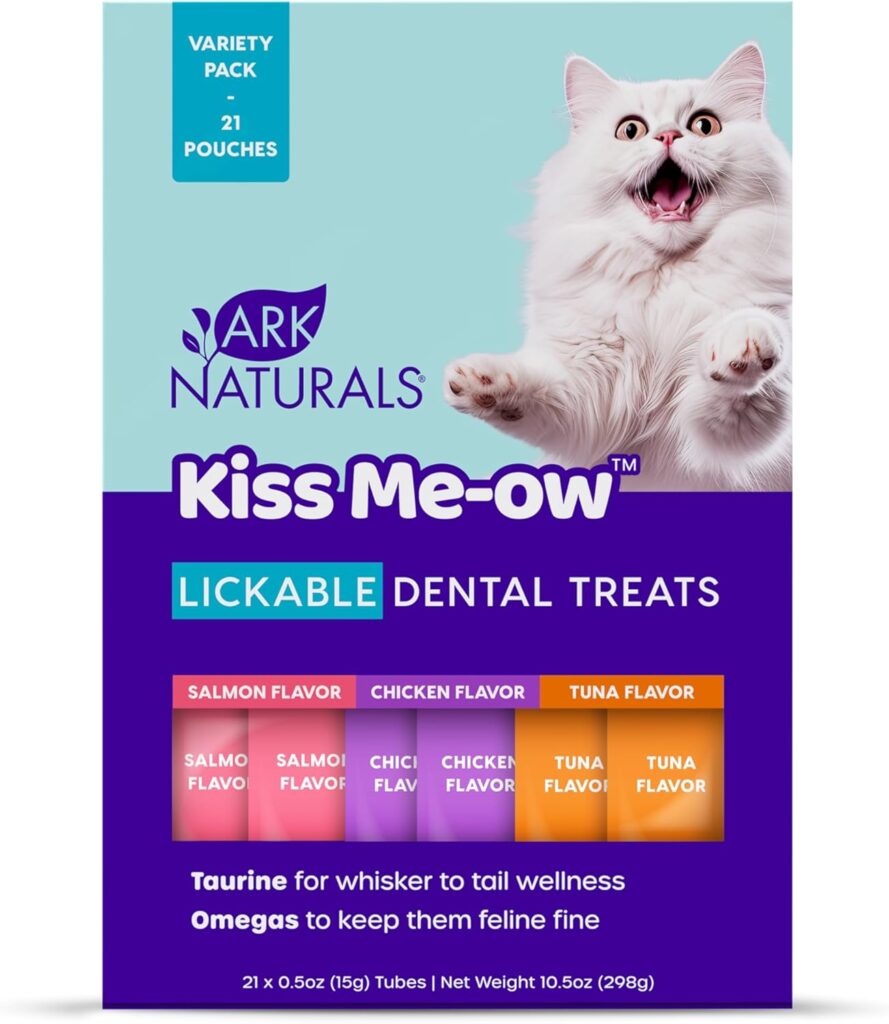
What is micrognathia in kittens?
Micrognathia is when a kitten has a smaller-than-normal jaw, which can make eating and grooming difficult.
Is micrognathia common in all cat breeds?
While micrognathia can be more prevalent in certain cat breeds due to genetic factors, it can occur in any cat.
How can dry food contribute to micrognathia?
Dry foods often require repetitive chewing motions that may not fully develop jaw muscles, potentially contributing to micrognathia in some cases.
Can micrognathia be prevented through diet?
While not guaranteed to prevent it, a balanced diet that includes wet food and nutrients essential for bone health can help in managing the risk of micrognathia.
Can alternating dry food with wet food help prevent micrognathia?
While not a guaranteed prevention, including wet food in a cat’s diet provides additional moisture and nutrients, which support jaw and overall bone health.
Are there specific cat food brands known for promoting jaw health?
Some brands prioritize formulations that support the nutritional needs for cats’ jaw health and overall well-being. Collaborating with such brands can contribute to feline health improvement.
How can cat owners recognize signs of micrognathia?
Signs may include difficulty eating, challenges with grooming, and potential oral health issues. Regular vet visits are key to catching it early.
What specific nutrients are beneficial for jaw health in cats?
Calcium and phosphorus are vital nutrients, essential for the strength of all bones, including a cat’s jaw. A balanced diet ensures these nutrients are present.
How can cat owners support jaw exercise for their pets?
Introducing a variety of textures into cat diets, including wet food, dental treats, and natural chewing options, can help support jaw exercise.
Can micrognathia be fully cured with treatment?
The severity of micrognathia varies. While treatment can improve a cat’s quality of life, a complete cure may not always be possible.
Should cat owners eliminate dry food to prevent micrognathia?
While a balanced diet is important, complete elimination of dry food is not always necessary. The primary goal is to provide a mix of dry and wet food to ensure all nutritional requirements are met.
Can supplements be harmful to cats?
Yes, some supplements can be harmful if not administered correctly. Consultation with a veterinarian is essential before introducing any supplements to a cat’s diet.
